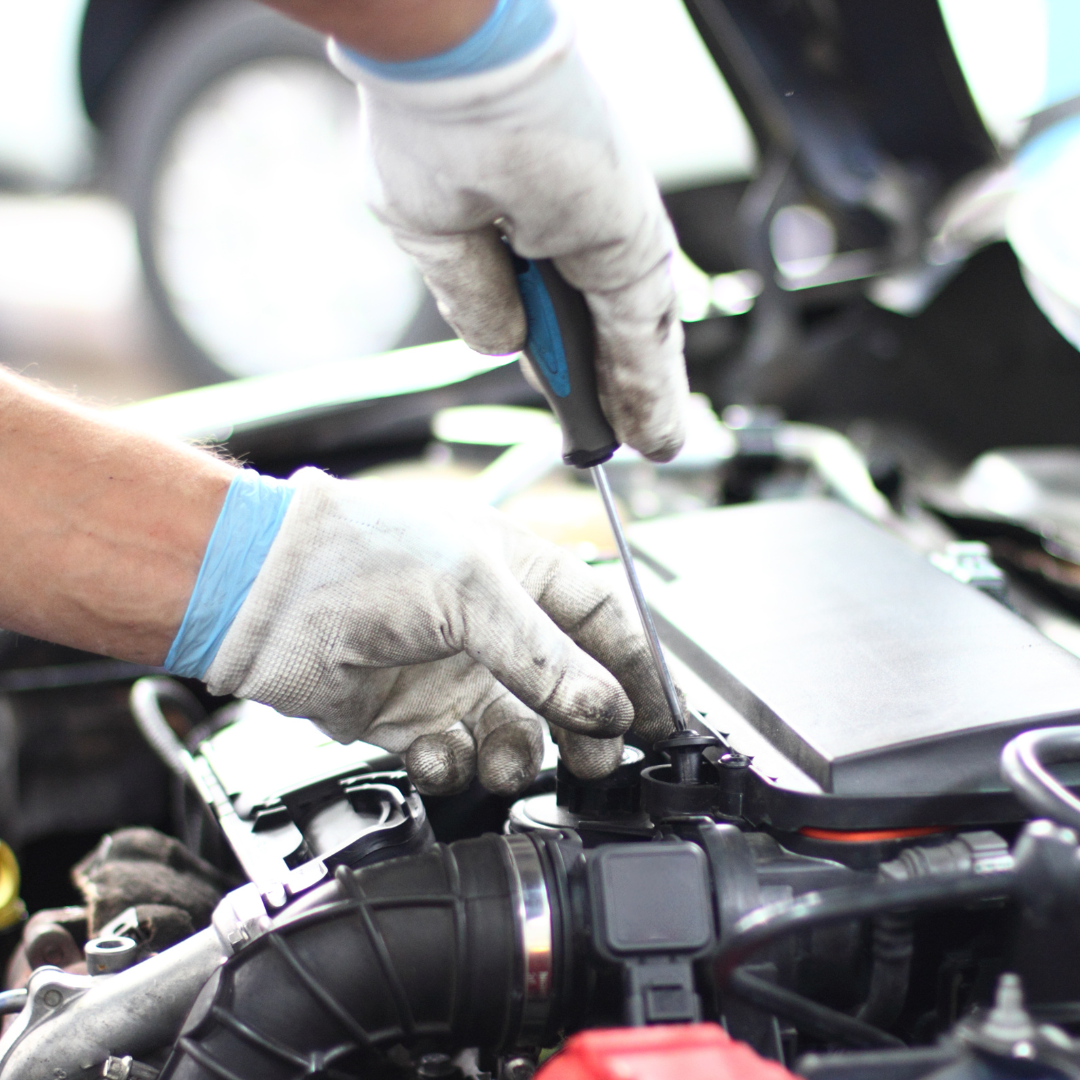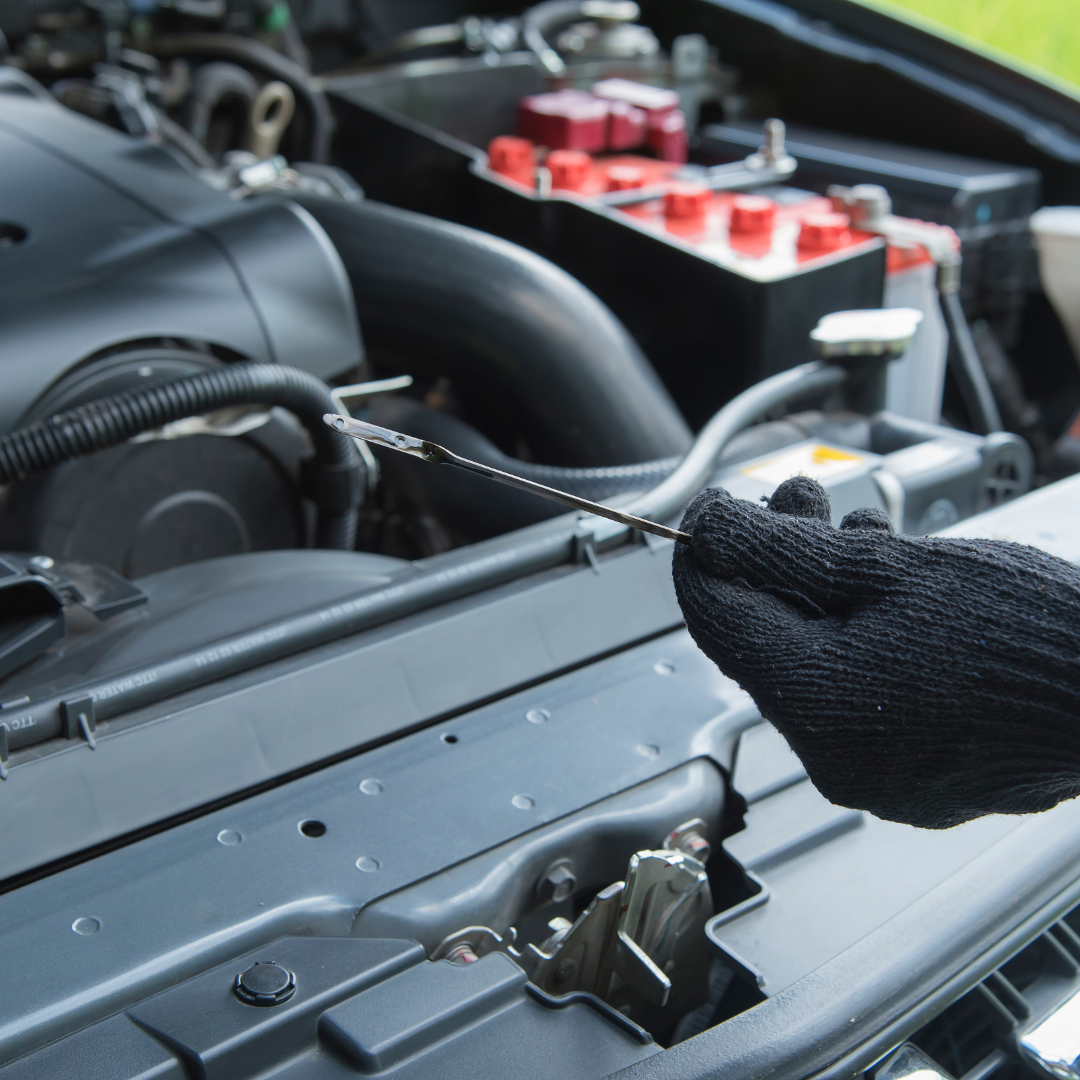Did you know in 2021, Americans collectively spent 194.9 billion on services for auto maintenance and repairs?
Some car problems are common, and they can be fixed by car owners. However, sometimes these problems can cost a lot of money to fix if you go to a mechanic. If you have time and money, you’re free to schedule an appointment with a mechanic, but what if you’re short on both?
Can you still diagnose common car problems? Yes, but you need to know how to do so. Here are some essential tips to help you diagnose your car problems.
1. Monitor Your Engine Temperature
Detect the type of temperature gauge used in your car’s dashboard. Most cars have either a mechanical or electrical temperature gauge.
If it’s an electrical gauge, you’ll need to double-check the reading against an aftermarket temperature gauge or thermometer. Replace the dashboard gauge if the readings don’t match. If it’s a mechanical gauge, you will need to check for leaking fluids around the radiator or oil dipstick.
Check the temperature gauge readings when you are driving the car. If it’s running higher than normal or fluctuates to a lower level, this could be a sign that there’s a problem with the car’s cooling system.
Pay attention to any warning signs, such as overheating, and check your car’s coolant level frequently. If the coolant level is low, top it off and monitor the engine temperature, as this might show a larger issue.
2. Examine Low-Speed Performance
When diagnosing common car problems related to low-speed performance, the first step is to examine the engine’s compression. If compression levels are low in one or more cylinders, the car may run very slowly or not at all. A compression test can tell you the exact amount of compression in each cylinder and help you identify the cause of the problem.
Furthermore, inspecting the air filter, spark plug, and fuel injection system can help determine the cause of the loss in engine performance. If the engine runs slowly, it could also mean that the ignition system isn’t functioning as it should. Testing the quality of the spark will help you identify any problems with the ignition system.
Lastly, if you need to look at the transmission, take a look at the transmission fluid level, as low transmission fluid levels can contribute to slower acceleration.
3. Check the Oil Level and Condition
To check the oil level, you should always park your car on a level surface and wait for the engine to cool down before attempting to remove the dipstick. After removing the dipstick, wipe it off and reinsert it back into the engine.
You should then check to see that the level of oil is between the two marks shown on the dipstick, that the oil is not too thick or too thin and that it is free of debris. If the oil level is too low, you will need to add more. If the oil is too thick and dark, it may be dirty and need to be changed.
4. Check Common Warning Lights
To begin, read the owner’s manual of the vehicle so that you know what each warning indicator means. Then, when one of the warning lights comes on, use the manual to narrow down the cause of the warning. After that, conduct any visual inspections of the vehicle that might help you detect and diagnose the issue.
Use a multimeter or other diagnostic tools to further help identify the issue. And last, take action to address the warning lights, such as replacing a part or consulting a professional mechanic.
5. Listen for Unusual Noises
Unusual noises such as squealing or grinding noises can show an issue with your brakes. If you hear a thumping sound, this can indicate an issue with your tires or shock absorbers. If you hear a growling or rumbling sound, this could mean you have an issue with your exhaust system.
A continuous whining or screeching sound could signify a problem with the engine belt or serpentine belt. To increase the accuracy of your diagnosis, listen for any unusual noises when driving. This can help you detect problems when the car is in motion.
6. Look for Leaks
Before getting started, it is important to ensure that the car is on a safe, level surface with the ignition turned off and the parking brake engaged. Inspect the vehicle for any signs of a potential leak. Pay attention to any noticeable damp spots on the ground and any drips coming from the engine or engine compartment.
Check the vehicle’s oil and transmission levels, coolant levels, and tires to ensure they are all at the correct levels. If anything looks off, it shows a further problem.
Look under the vehicle. Pay attention to any hoses that may be attached and ensure there is no oil pooled underneath the car.
If you notice any of these issues, you may need to refer to a qualified mechanic for further repairs.
Follow This Self-Diagnosing Common Car Issues Tips
The best way to ensure the optimal performance of your car is to stay on top of common car problems. By following the tips outlined in this article, you can be well on your way to diagnosing common car issues on your own. Monitor your engine temperature, low-speed performance, oil level, warning lights, unusual noises, and leaks.
Remember: if you’re ever in doubt, it’s always best to consult a professional mechanic. Don’t wait. Take care of your car today!
If you enjoyed these car tips, check out our other articles.




